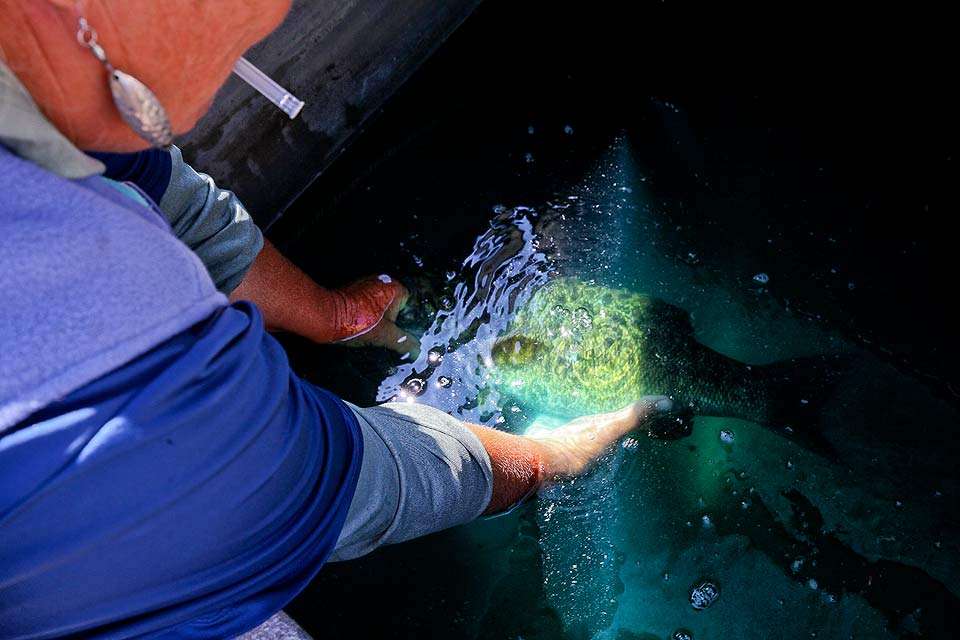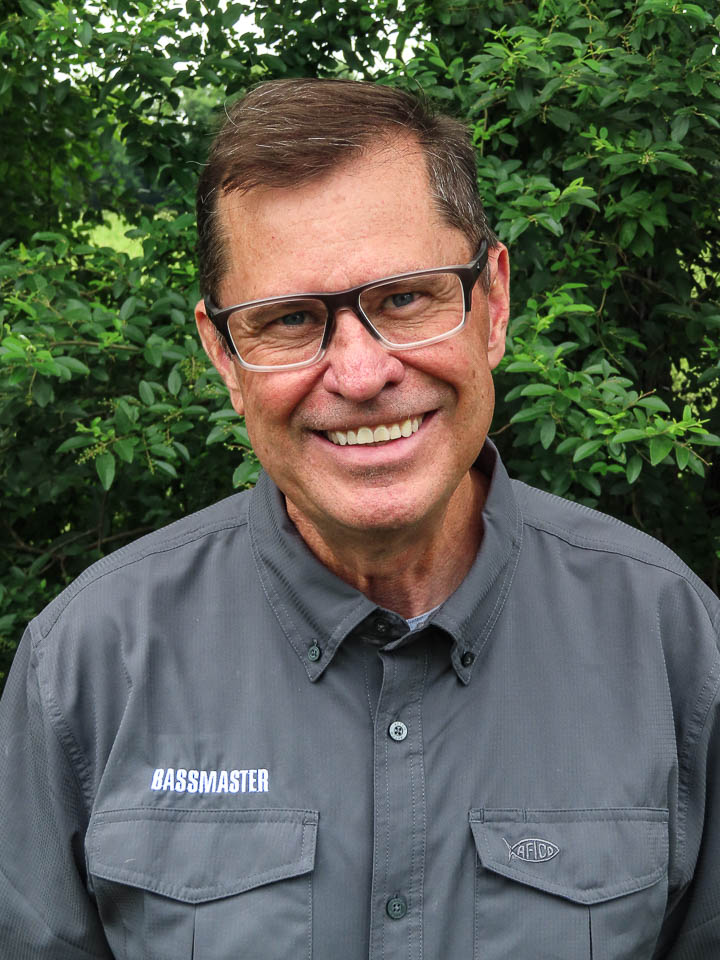
WADDINGTON, N.Y. — When asked which tournament destination ranks as their favorite, the overwhelming majority of Bassmaster Elite Series pros chose the upper St. Lawrence River. And why not? The location is unique, the local hospitality is second to none, and the cooler climate offers welcome respite from the summer heat.
Above all else, the pros called out this stretch of the river for its unrivaled smallmouth fishing. They are not alone. This year, the St. Lawrence River earned the distinction as the nation’s top bass fishery in Bassmaster’s100 Best Bass Lakes rankings.
In an unprecedented move the Elite Series pros also voted in favor of adopting special fish measures at the Berkley Bassmaster Elite at St. Lawrence River presented by Black Velvet. What is more, the tournament rules and weigh-in procedures will be modified to support the efforts.
“As a group, which included management and our pros, we collectively decided to be proactive and do something by educating our anglers, which in turn can help educate the public about the importance of proper fish care,” said Gene Gilliland, B.A.S.S. conservation director.
He added, “For some of our anglers, this is their first time here and they wanted to be educated on how to best care for these fish to preserve the fishery for the future.”
Gilliland, who works with the scientific community on behalf of B.A.S.S, explained there is good cause for going beyond the conservation practices already in place. Much of that has to do with limited research available for northern smallmouth fisheries.
“We are discovering these fisheries are relatively fragile compared to elsewhere,” he said. “These four- and five-pound smallmouth are on average nine to 10 years old.”
He continued, “It takes longer to replace those fish and growth rates are slow, due to the nature of being so far north.”
Those factors combine with lower annual spawning rates when compared to fisheries farther south.
“Spawning is inconsistent, so you don’t have the continuous cycle of strong replenishment you do elsewhere,” he added. “Taking special care of the St. Lawrence River is a must, because it is more fragile.”
Joining the effort is the New York B.A.S.S. Nation, which during practice held mandatory lakeshore clinics on the fizzing of deep caught smallmouth bass. Individual training was provided by New York B.A.S.S. Nation Conservation Director Barb Elliot. She demonstrated hands-on best practices to all the pros, with Gilliland available to provide additional educational support.
“How the anglers handle the fish in the livewell is really more important than the care we provide on the release boat at the weigh-in,” Gilliland explained. “The anglers have control of the fish for up to eight hours, and that is a critical time to make sure those fish stay healthy until release.”
The New York B.A.S.S. Nation is providing its release boat to assist with the effort. Doing so will keep oxygen and temperature levels in check as the fish were transported back to the river.
“We are going the extra mile at the weigh-in with even more water temperature monitoring and checking oxygen rates than normal,” explained Gilliland. “We have an obligation to our fans and the local community to be role models when it comes to proper fish care and handling.”
Here are some of the special fish care measures being taken this week at the tournament.
- Twenty minutes will be added to each returning flight to pace the weigh in. This will reduce time spent at the weigh-in tanks, and expedite the transport of fish between the boats, weigh-in and release boats.
- Anglers will use two weigh-in bags for five-bass limits.
- Fish must remain in weigh-in bags that are submerged in the oxygenated holding tanks behind the stage. Photo taking of fish in the backstage area will be discouraged.
- Anglers will divide their catches between both livewells to ensure more than adequate oxygen mixes with the water.
“There is more to conservation than catch and release,” explained Gilliland. “Nobody else does the rest of it but B.A.S.S.”
He continued, “Training our anglers, the conservation work that B.A.S.S. does on a broader scale is what will really make a difference in the long run.”
Gilliland finished by recalling how B.A.S.S. founder Ray Scott once described the organization. He compared B.A.S.S. to a three-legged stool, which stood for tournaments, youth and conservation. “You’ve got to have all three for the stool to stand up,” he would say.
See photos of Elites learning how to properly care for fish caught this week.





